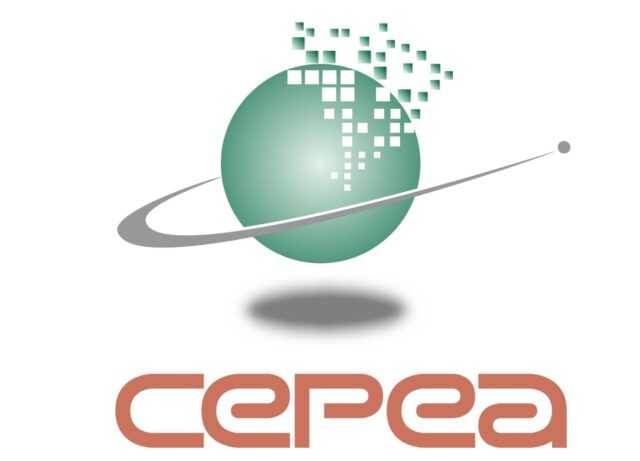SAO PAULO, Brazil – Players from the coffee sector were concerned with the impacts of the weather on crops in November, says CEPEA in its latest report. This fact, along with the low volume of certified stocks at ICE Futures, boosted coffee prices last month. As a result, liquidity in the spot market in Brazil was high in some periods of November.
Due to El Niño impacts, a heat wave was verified in the middle of November – temperatures were higher than 42 degrees Celsius in some farms. Wind storms and hail were registered in some areas, affecting many crops.
In early December, flowers were evolving to fruitlets; however, weather problems have been causing abortion in both flowers and fruitlets. Moreover, the volume of rainfall has been irregular in some regions in the Southeast and in Rondônia, which has not been enough for the beans filling.
Therefore, due to uncertainties regarding the volume that will be harvested in the 2024/25 season, prices were at high levels for both arabica and robusta.
The CEPEA/ESALQ Index for arabica coffee was close to BRL 945.00 per 60-kilo bag in late November, the highest nominal price since June 19 this year. The average in November was BRL 888.00/bag, for an increase of 58 Reais per bag (or +7%) compared to that in October.
As for robusta, values were close to BRL 700/bag on November 30. The smaller production in Vietnam and the reduction in the volume to export have increased the demand for the Brazilian product.
In November, the CEPEA/ESALQ Index (Espírito Santo) for the robusta type 6, screen 13, averaged BRL 660.62/60-kilo bag, 2.5% up compared to that in the month before.


















